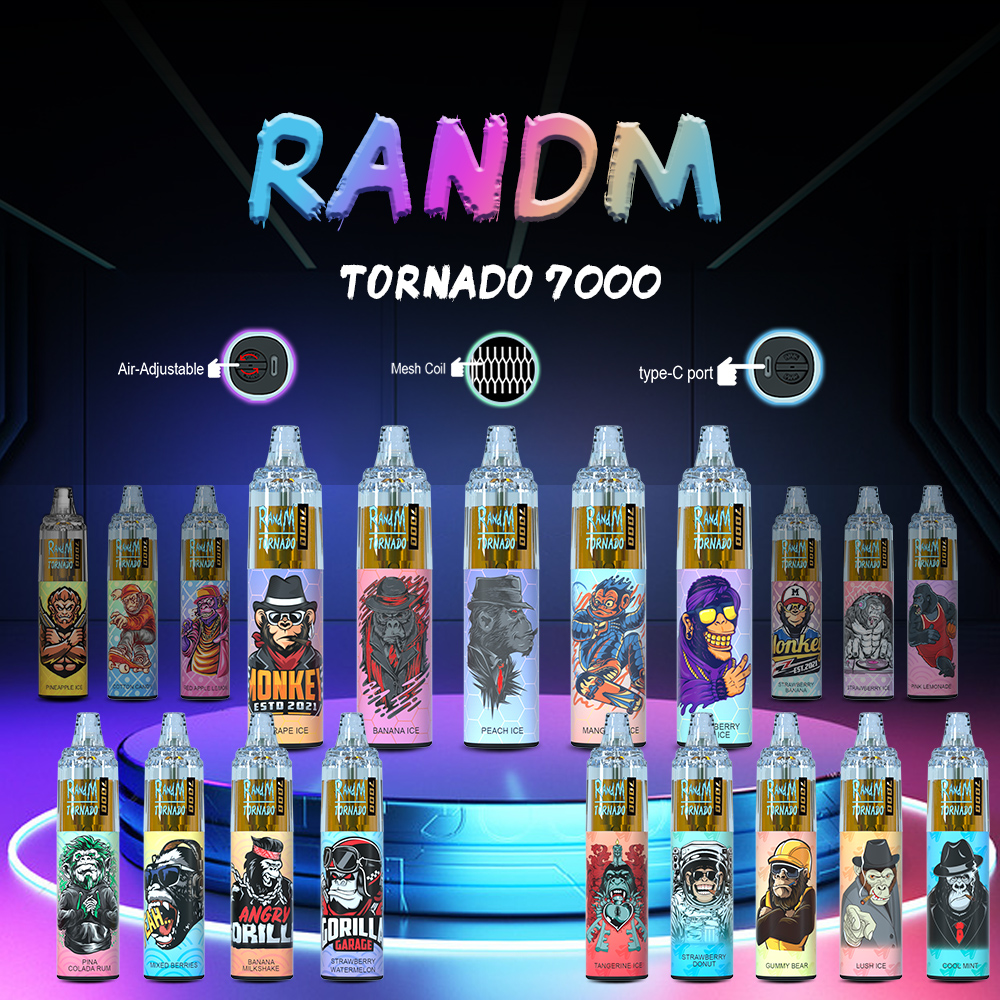Table of Contents
Introduction to Vaping
Vaping, a term derived from the act of inhaling vapor produced by an electronic cigarette or similar device, has rapidly evolved from a niche activity to a mainstream phenomenon. These devices, also known as e-cigarettes, vaporizers, or vape pens, were initially marketed as a safer alternative to traditional smoking. Since their introduction in the mid-2000s, vaping devices have undergone significant technological advancements and diversified in terms of design and functionality. However, the rise of vaping has also sparked considerable debate regarding its health implications, regulatory challenges, and cultural impact.
The Mechanics and Appeal of Vaping
At its core, vaping involves the heating of a liquid, commonly referred to as e-liquid or vape juice, to produce an aerosol that users inhale. E-liquids typically contain nicotine, flavorings, and other chemicals, and are available in a wide range of flavors, from traditional tobacco and menthol to more exotic options like fruit and dessert flavors. The appeal of vaping lies in several factors: the perceived reduction in harm compared to smoking, the variety of flavors, the absence of lingering smoke odor, and the customizable nature of the devices. For many, vaping has become a socially acceptable way to consume nicotine and experience the ritualistic aspects of smoking without the same level of stigma.
Health Implications and Controversies
Despite its popularity, vaping is not without its controversies, particularly regarding its health implications. While many proponents argue that vaping is a less harmful alternative to smoking, this claim is subject to ongoing scientific scrutiny. Research indicates that while vaping eliminates the tar and many of the harmful carcinogens found in traditional cigarettes, it is not entirely risk-free. Nicotine, an addictive substance, is still present in most e-liquids and can lead to dependency. Additionally, some studies have raised concerns about the potential respiratory and cardiovascular effects of inhaling the other chemicals found in vape juice. The long-term health consequences of vaping are not yet fully understood, and this uncertainty fuels much of the debate surrounding its use.
Regulatory Landscape and Challenges
The rapid proliferation of vaping products has posed significant challenges for regulators worldwide. Governments are grappling with how best to manage the risks associated with vaping while balancing the potential benefits for smokers seeking to quit. In many regions, e-cigarettes are subject to strict regulations concerning their sale, marketing, and use. For instance, advertising restrictions, age limits, and flavor bans are common regulatory measures aimed at curbing youth access and reducing the appeal of vaping to non-smokers. However, enforcement of these regulations varies widely, and the global nature of the vaping market complicates efforts to maintain consistent standards.
Cultural Impact and Future Directions
Vaping has also had a notable cultural impact, influencing everything from social behaviors to fashion. Vape culture, with its own set of norms, jargon, and community events, has emerged as a distinct subculture. Vape shops, online forums, and social media platforms have become gathering places for enthusiasts to share tips, reviews, and custom builds. This sense of community is particularly strong among those who view vaping as a lifestyle choice or hobby. Looking ahead, the future of vaping will likely be shaped by ongoing scientific research, evolving regulations, and shifts in public perception. As more data becomes available, it will be crucial to strike a balance between minimizing public health risks and supporting harm reduction strategies for smokers.
Conclusion
In conclusion, vaping represents a complex and multifaceted issue that intersects with public health, regulatory policy, and cultural trends. While it offers potential benefits as a smoking cessation tool, it also presents risks that require careful consideration and management. The ongoing debates and research surrounding vaping underscore the need for informed and balanced approaches to this modern phenomenon. As society continues to grapple with the implications of vaping, it is essential to remain vigilant and adaptable in addressing the challenges and opportunities it presents.randm tornado 9000

